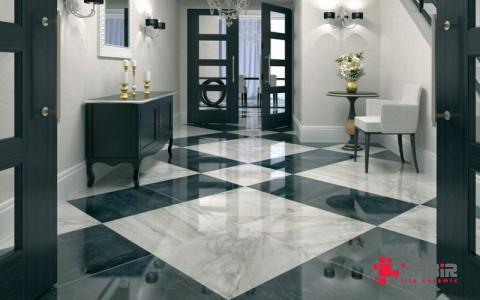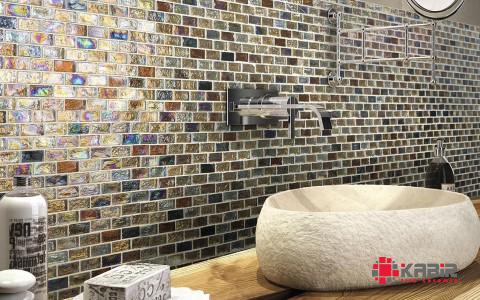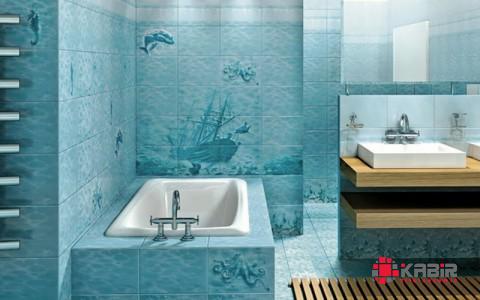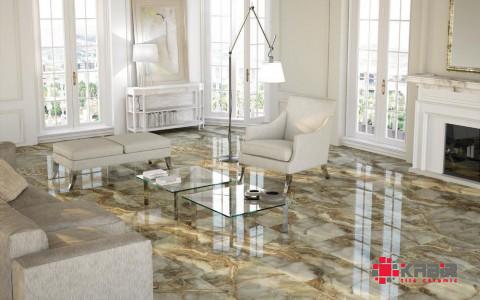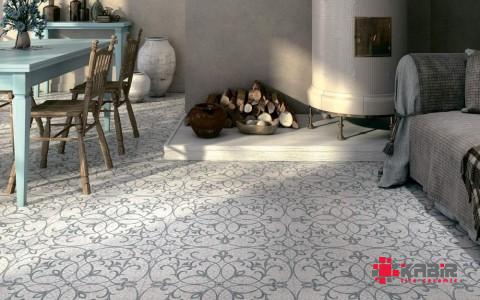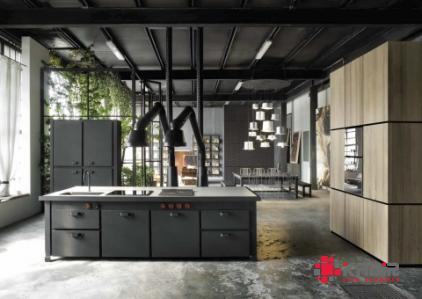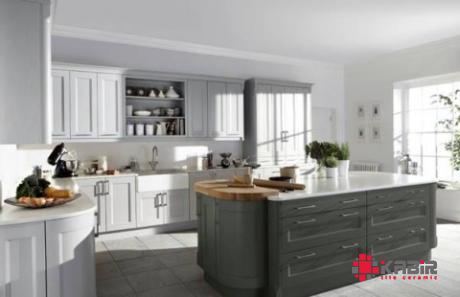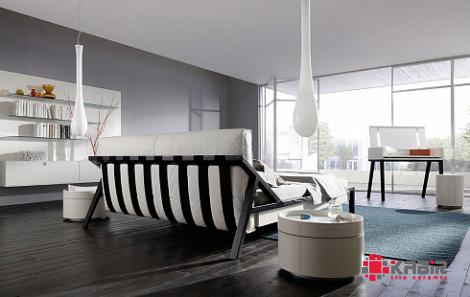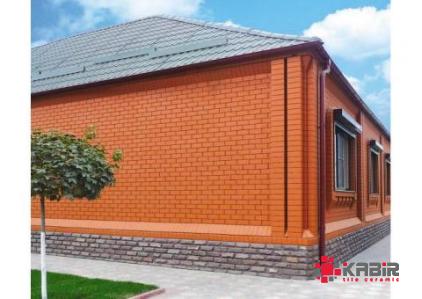Living Room Wall Tiles | buy at a cheap price
When we think of tiles design, we often think of bathrooms and kitchens that can be matched easily with each other, but today we want to encourage you to think about tiling the living room and bedroom wall tiles
Due to their usefulness and durability, modern tiles make a beautiful addition to any home
Your Living Room with Tile
It’s not difficult to choose the right tile for the living room floor
There are many different tile options available, each with its own size, color, texture, and pattern
The living room receives a lot of traffic, so choosing a durable and convenient material is crucial
There is some typical option that here we are going to analyze such as gloss floor tiles are the perfect accent for a luxurious living room renovation
The end result will be a living room that is bright and opulent, whether you choose grey tiles with a polished stone-effect finish for a contemporary design or polished wood-like tiles for a softer traditional style
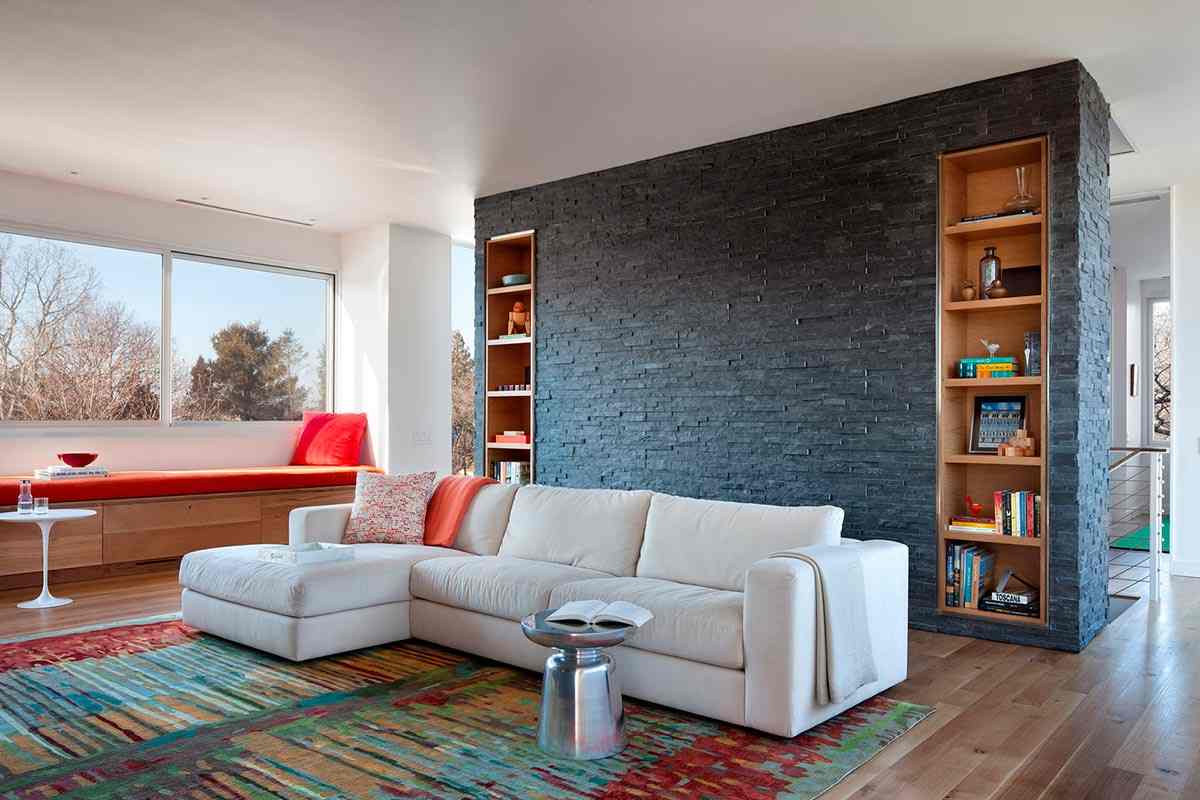
Porcelain and ceramic tiles are less expensive alternatives to natural stone or wood flooring for designing a beautiful living area
Because they mimic many different types of hardwood flooring, wood-effect ceramic tiles are a common look
In place of a white carpet, use a spotless white tile for the same eye-catching appearance while lowering the likelihood of spills and stains
Also, Choosing the ideal wall tile idea for both the bedroom and living room is the first step in making an eye-catching accent wall
A bad choice might be the distinction between a place that looks put together and one that doesn’t feel right
Make sure there is a reason to call attention to the wall you choose next
Most of the time, the wall that stands out the most when you enter a space is the ideal one to accent
Create a stunning accent wall with marble, slate, granite, and printed patterns
Installing a striking three-dimensional tile can also add depth to your room
Consider the impact the tile will have on the remainder of the room, including the furniture, artwork, and other walls
Don’t be afraid to express yourself via vibrant, jarring hues as well as a variety of shapes and designs
Natural stone and textured tiles provide interest to your space, while neutral-colored tiles may tie various elements of the space together
Although marble has long been a popular material, it is now seeing a significant resurgence
The right moment to bring it into the bedroom is now
A single marble wall tile in the bedroom will provide a gorgeous and classic impression due to its wonderful patterns and colors
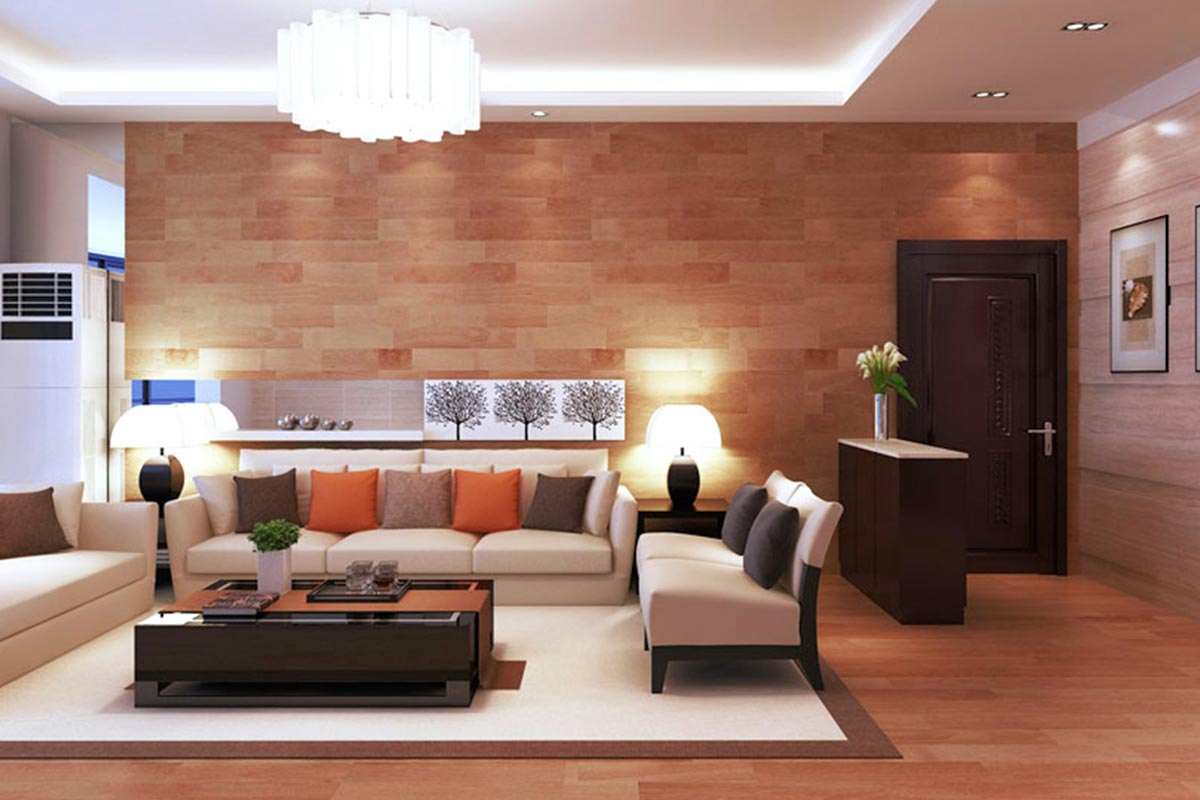
Putting Up Tiles Near a Fireplace or Stove; Any living area would look beautiful with a fireplace or freestanding stove tiling, and they can help coordinate your décor
As long as they’re at least 8 inches away from the heat source, the majority of tile variations are safe to use
However, due to its density, porcelain is recommended since, like fire-resistant bricks, it absorbs heat without transferring it to the local area
The fireplace in the living room is usually the center of attention
However, if you know how to choose hearth tiles for a fireplace, this useful and ageless architectural component might end up being the highlight of the space
To preserve a more modern appearance, place large-scale tiles from the ceiling down to the fireplace
Tiling Your Bedroom: Due to its durability and ease of installation, even over an existing floor, cork tiles are becoming a more and more popular choice for flooring
Additionally, cork is a biodegradable, environmentally responsible material that offers extra foot cushioning, which is a lovely touch while moving about your bedroom
The main negative is that a cork floor has to be cleaned often and re-sealed every several years to prevent pitting, but we think the benefits exceed the drawbacks
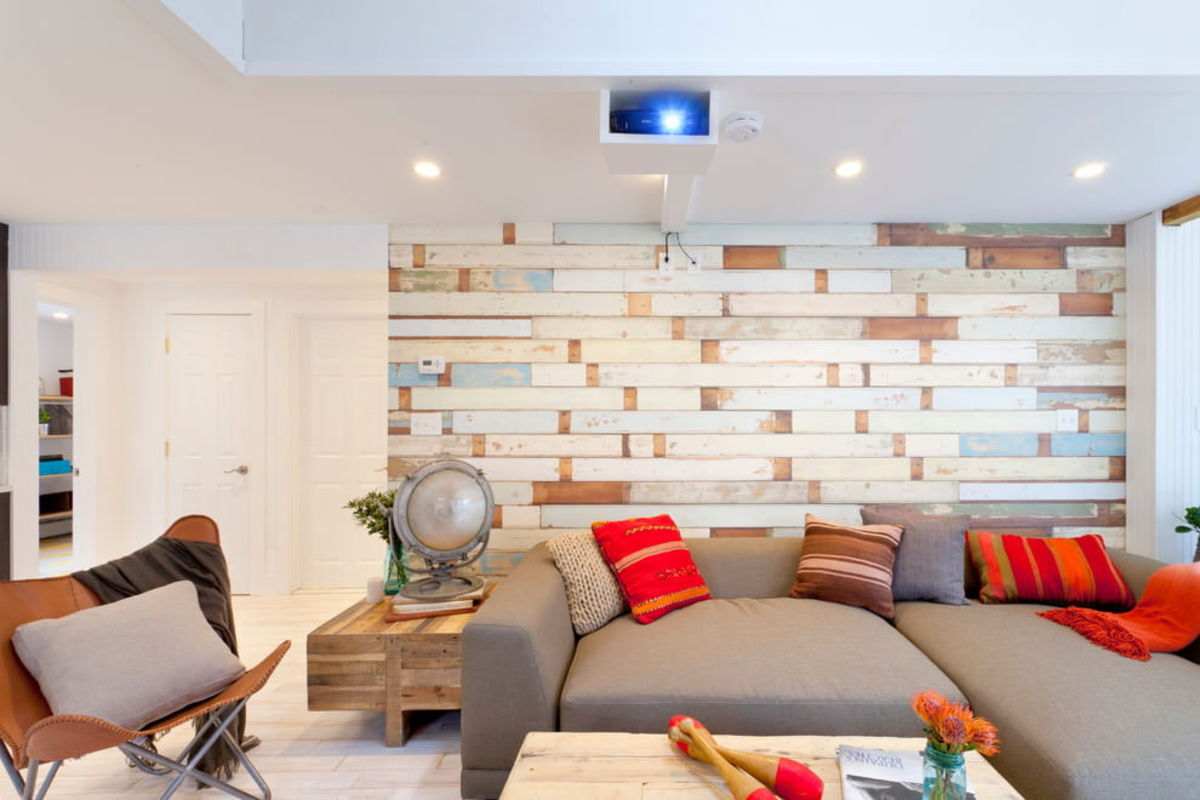
High-gloss bedroom wall tiles used to create a feature wall will give the room a calm and modern atmosphere, particularly when paired with matt-painted walls
Your bedroom will brighten and change if you choose crisp white and even colorful tiles
Utilize bedroom wall tiles to design eye-catching focal points in small spaces that will stand the test of time
Tiles may also be used to create a border around mirrors or a tiled portrait over a bed using patterned and mosaic wall tiles
You may also lay mosaic tiles to give the space a Mediterranean feel: Reflective vs
Non-Reflective (Gloss vs
Matt) Tiles
Glossy tiles, as their name suggests, have a more brilliant, polished, and shiny finish that aids in reflecting light off the surface
Matt tiles, on the other hand, don’t have as smooth of a finish, giving them a somewhat duller surface that doesn’t reflect light: Although there are obvious cosmetic differences between these finishes, they all provide the same level of toughness and quality
Additionally, since gloss and matte tiles are produced using the same materials and follow the same manufacturing procedures, they share the same functional and durable qualities
The true difference is the final glaze, which is applied to the tile’s surface as a durable top coating
As you may have guessed, the glaze layer can be glossy or matte
But how to tile living room and bedroom tile: It’s not as simple as a one-size-fits-all method, and you need to take into account the surface where the tiles will be laid
Before tiling, it is crucial to properly prepare the painted, plywood, drywall, and concrete surfaces
Fresh plaster may occasionally take up to 30 days to cure, and timber surfaces will need priming
You must either render and plaster or use a cement board, which really is watertight and fire-resistant if you’re planning to tile over exposed brick, blockwork, or cement
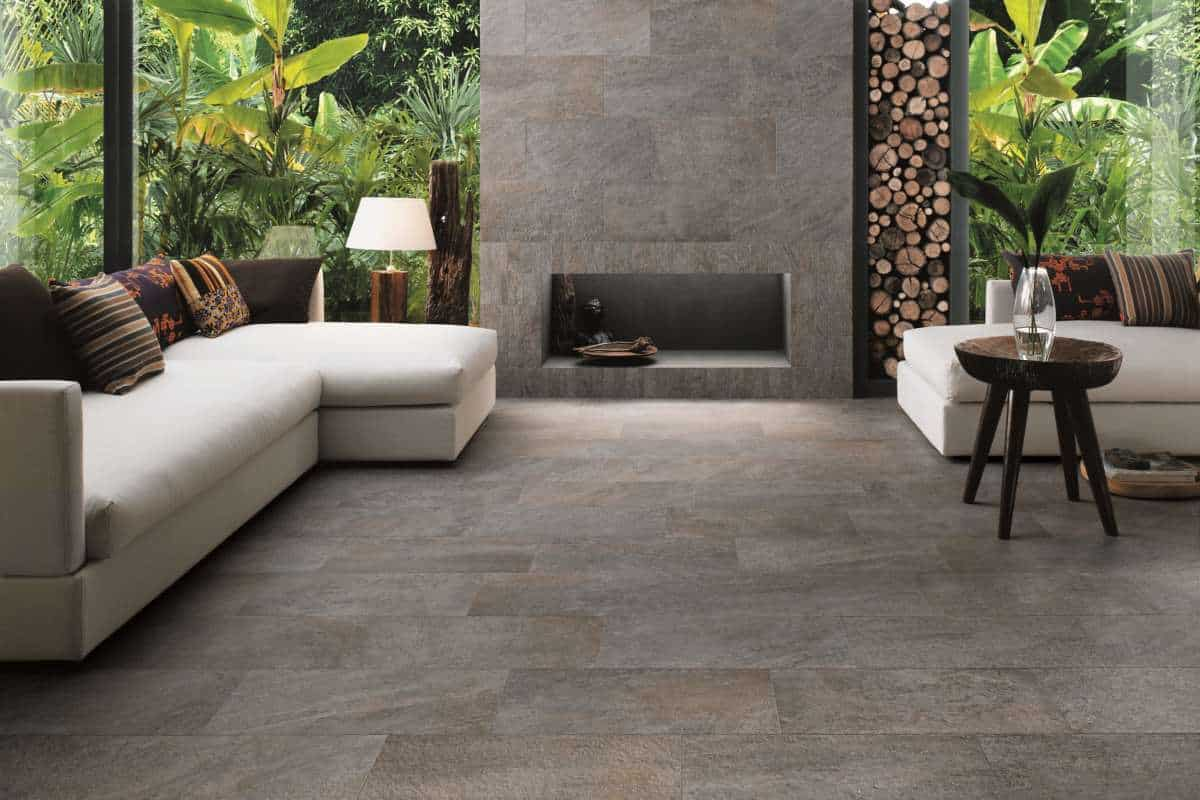
Plasterboard may be tiled over, but there are a number of factors to take into account, such as the weight of the tiles and the condition of your plasterboard
The plasterboard must be carefully cleaned and prepared in order for the tiles to adhere to it securely
If the weight of your tiles is too much for your plasterboard to support, you should use cement board instead, which can support up to 440 pounds per 10 square feet
Use joining tape to reinforce any seams or corners in your plasterboard before priming or tiling
It is also vital to prime your plasterboard in order to fully prepare it for the tile adhesive
Use a large brush or roller to lay an acrylic-based primer before tiling, and let it fully dry
Some sites advise using PVA glue to prime your plasterboard, however, because it doesn’t adequately bind to the plasterboard, this won’t work and can create problems
Additionally, it forms a PVA layer that prevents the plasterboard from being penetrated by the tile adhesive, keeping the tiles in place only with the help of this PVA layer so the wall will be ready with following this consideration to install tiles
